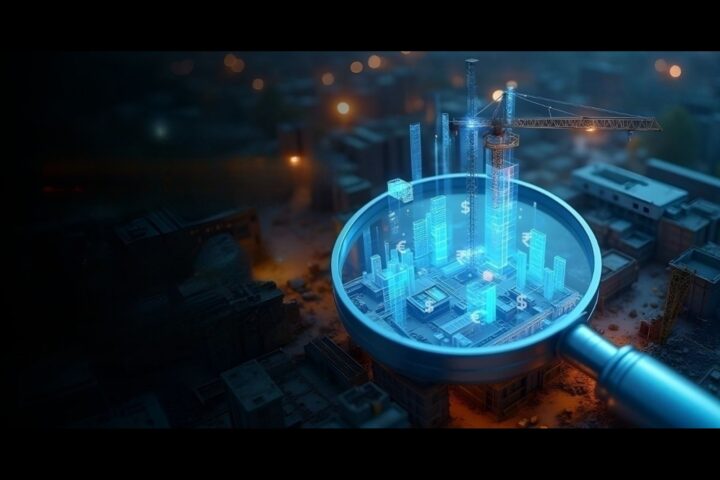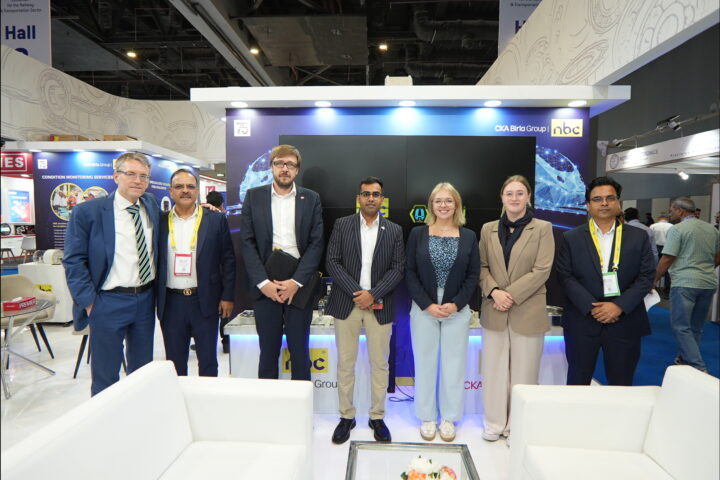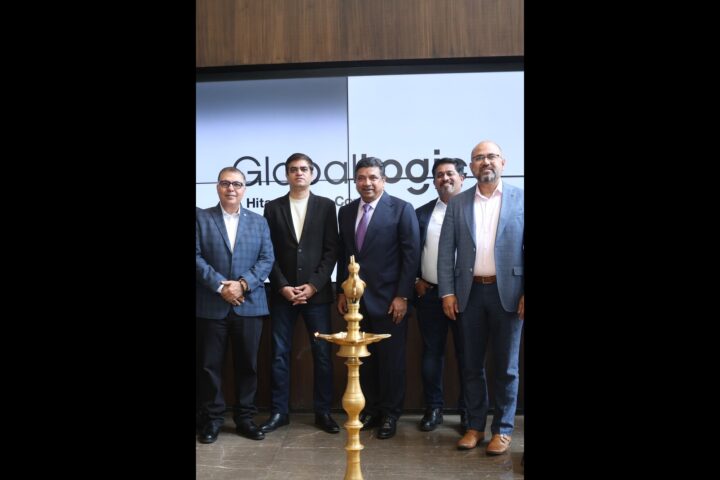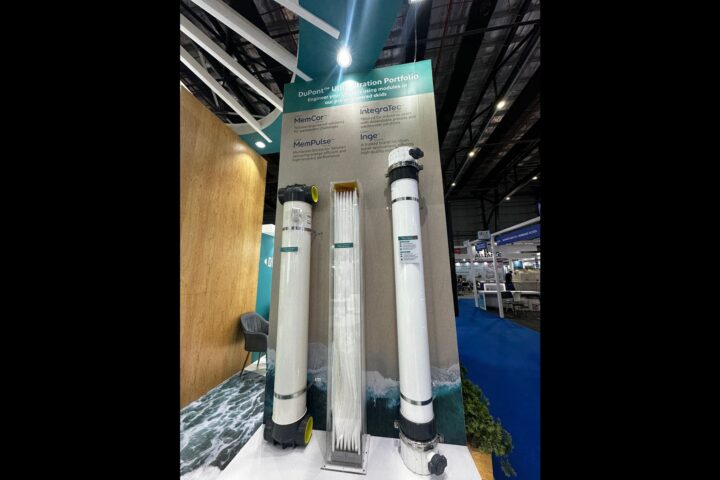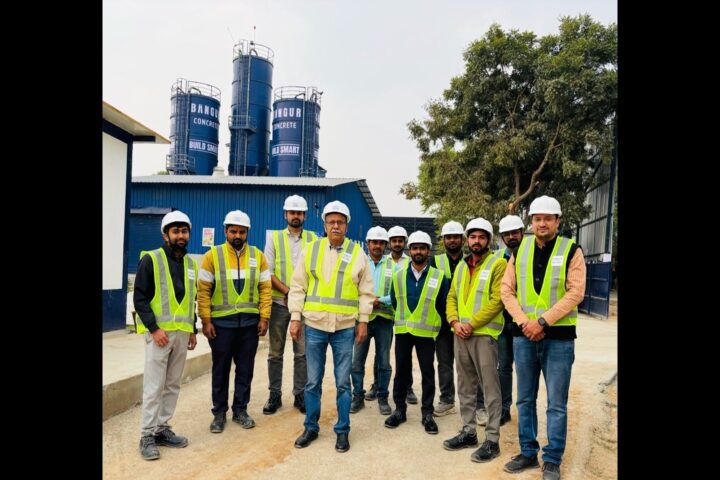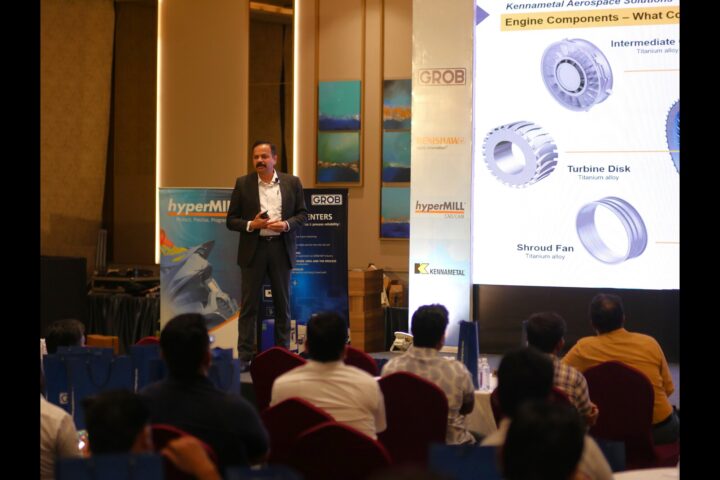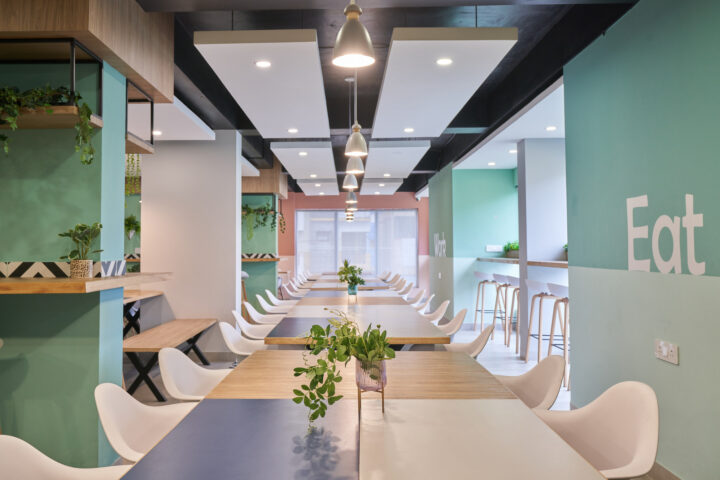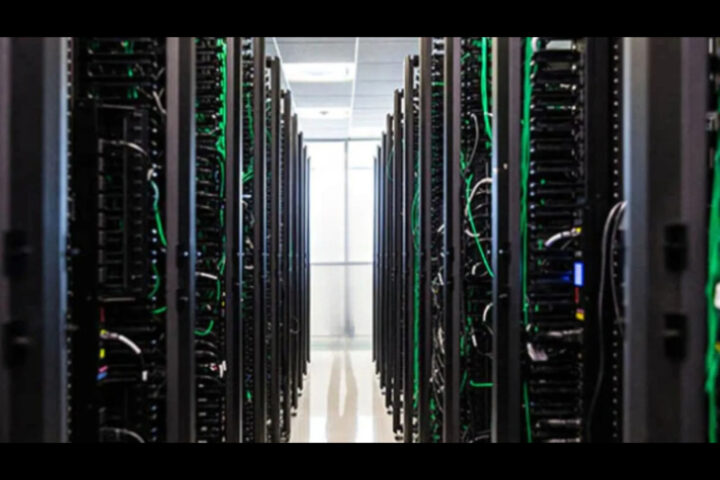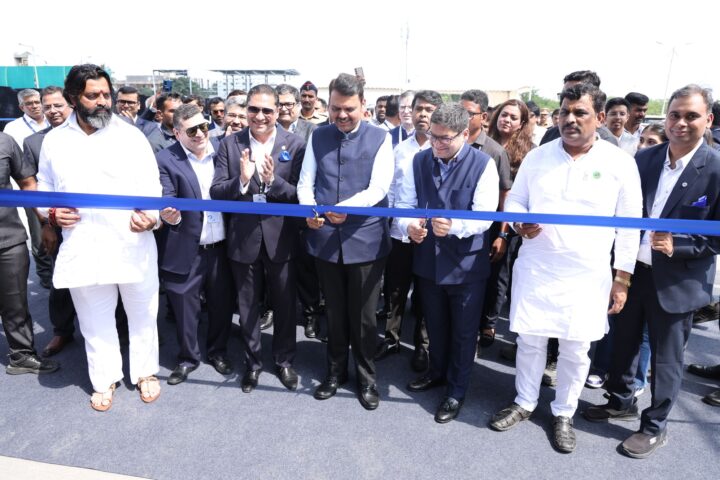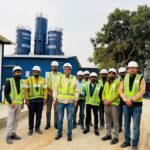India’s steel industry is moving from a carbon-heavy model to a technology-led, low-emission powerhouse. With bold investments in green hydrogen, CCUS, renewable energy, and circular production, Indian steelmakers are driving the shift toward green steel. Backed by progressive government policies, this transformation is positioning India at the forefront of global sustainable steelmaking
The Earth faces a grave crisis as environmental degradation accelerates at an alarming rate. The warning signs are all around us — rising global temperatures, melting glaciers, erratic weather patterns, and the gradual depletion of the ozone layer that once protected the planet from harmful ultraviolet radiation. Climate change, one of the most urgent global challenges of our time, is evident in prolonged droughts in some regions and unprecedented rainfall and flooding in others. This growing environmental imbalance is largely driven by the relentless release of greenhouse gases (GHGs), which trap heat in the atmosphere and disrupt the delicate equilibrium of our planet. India, far from being a passive observer, has emerged as a proactive leader in addressing climate change. At COP21 in Paris (2015), the country pledged to reduce the emissions intensity of its GDP by 33%–35% by 2030 compared to 2005 levels. Since then, India has taken decisive steps to curb carbon emissions across industries, with the steel sector playing a particularly pivotal role.
The steel industry is one of the most energy- and carbon-intensive sectors globally, accounting for nearly 7–9% of total GHG emissions. In India, steel production relies heavily on fossil fuels, particularly coal, to achieve the extreme temperatures required for smelting and reducing iron ore. Coal is used not only as a fuel but also as a chemical reducing agent, removing oxygen from iron ore — a process that releases substantial amounts of CO₂ and other greenhouse gases. Given its emissions footprint, decarbonising steel production is critical for India’s climate goals.
Recasting steel sustainably
To address this challenge, the steel sector is adopting a range of low-carbon technologies and sustainable practices. Green hydrogen is emerging as a transformative solution, replacing coal as a reducing agent in Direct Reduced Iron (DRI) processes. Unlike conventional blast furnaces, hydrogen-based reduction emits only water vapour, eliminating CO₂ emissions from this step. Several Indian steelmakers are piloting hydrogen-based technologies and partnering with renewable energy producers to ensure a steady supply of green hydrogen. Waste heat recovery systems are another key focus, capturing and reusing thermal energy released during high-temperature operations such as sintering and rolling. This recovered energy is converted into electricity or used to preheat raw materials, reducing fuel consumption and overall carbon intensity. Alongside this, Carbon Capture, Utilisation, and Storage (CCUS) technologies are being deployed to trap CO₂ emissions before they enter the atmosphere. Captured carbon can be stored underground or utilised in sectors such as cement production and enhanced oil recovery, effectively closing the emissions loop.
The industry is also strengthening its circular economy practices. Scrap recycling, resource optimisation, and the use of electric arc furnaces (EAFs) powered by renewable electricity provide lower-carbon alternatives to traditional blast furnaces. Direct Reduced Iron (DRI) combined with EAFs allows greater use of scrap metal and alternative fuels, reducing dependency on virgin iron ore and fossil fuels. Beyond these core measures, additional initiatives are being implemented to further reduce the sector’s carbon footprint. Many steel plants are integrating renewable energy sources like solar and wind power into their operations. Advanced process optimisation tools, AI, and digital twins are being employed to monitor energy consumption and furnace performance in real time, improving efficiency and reducing wastage. Several companies are also experimenting with biomass-based carbon substitutes, such as biochar, as partial replacements for coking coal.
Emerging low-carbon ironmaking technologies, including smelting reduction processes like COREX, FINEX, and HIsarna, are being adopted to replace or reduce coke ovens and sinter plants — traditionally the most polluting units in steel production. These technologies can lower CO₂ emissions by 20–50% compared to conventional blast furnaces. In parallel, steelmakers are greening their supply chains, sourcing low-emission raw materials, optimising logistics, and prioritising rail transport over road to cut transportation-related emissions. Environmental sustainability extends beyond carbon. Indian steel producers are implementing zero liquid discharge (ZLD) systems, wastewater recycling, and solid waste utilisation, using by-products like fly ash and slag in cement or road construction, further reducing the sector’s environmental footprint. Collectively, these measures demonstrate a comprehensive, multi-pronged approach, signalling a decisive shift from a high-carbon past to a low-carbon, innovation-driven future. These initiatives position the Indian steel sector as a crucial player in the country’s broader climate agenda, aligning with India’s vision of achieving net-zero emissions by 2070. The combination of green hydrogen adoption, energy efficiency, carbon capture, circular economy practices, renewable integration, and innovative low-carbon technologies sets the stage for a more sustainable steel industry — one that not only meets India’s industrial needs but also contributes significantly to global climate goals.
Strengthening green governance
The Indian government has played a proactive role in supporting the steel sector’s transition to a low-carbon future. Under the National Steel Policy (2017), India aims to increase domestic steel production while emphasising energy efficiency and environmental sustainability. The government has introduced incentives for adopting energy-efficient technologies, including financial support for waste heat recovery, renewable energy integration, and modernisation of blast furnaces. Through the Perform, Achieve, and Trade (PAT) scheme under the National Mission on Enhanced Energy Efficiency (NMEEE), steel plants are encouraged to achieve specific energy-efficiency targets, with the option to trade excess savings, creating both environmental and economic benefits. The Production-Linked Incentive (PLI) Scheme for Specialty Steel further accelerates the sector’s sustainability transition by providing financial incentives based on incremental production of high-value, low-carbon steel products. The scheme encourages investments in modern, energy-efficient technologies, the adoption of electric arc furnaces (EAFs), scrap-based steel production, and green steelmaking processes such as hydrogen-based DRI. By linking incentives to output, quality, and sustainability criteria, the PLI scheme not only boosts domestic specialty steel production but also actively supports the sector’s shift toward low-carbon operations.
A key focus of government policy is the promotion of green hydrogen development. India has announced ambitious targets to produce green hydrogen at scale using renewable energy, creating hydrogen corridors and hydrogen hubs that steelmakers can tap into for cleaner DRI production. Policies supporting large-scale solar and wind energy projects, combined with these hydrogen initiatives, aim to ensure that steel plants have access to reliable, carbon-free energy and reducing agents, accelerating the transition to zero-carbon steelmaking. The government is also fostering the adoption of Carbon Capture, Utilisation, and Storage (CCUS) technologies through research grants, pilot projects, and regulatory support, while regulations promoting scrap-based steel production encourage circular economy practices across the sector. The industry, through bodies such as the Ministry of Steel, Steel Research and Technology Mission of India (SRTMI), and in partnership with institutions like CSIR-NML and IITs, is investing heavily in R&D for breakthrough low-carbon steel technologies. International collaborations under frameworks such as Mission Innovation and the Clean Energy Ministerial are also fostering technology exchange, ensuring India remains at the forefront of sustainable steelmaking.
Steelmaking goes green
Indian steelmakers are increasingly translating government policies and global climate commitments into actionable, technology-driven sustainability initiatives. JSW Steel, India’s largest private steel producer, has taken a lead through its flagship sustainability programme, Project SEED (Sustainable Energy Environment and Decarbonisation). Implemented across its Vijayanagar and Dolvi plants, the initiative focuses on reducing emissions through waste heat recovery, energy efficiency upgrades, increased scrap usage, and renewable power integration. In 2025, JSW advanced this strategy with the construction of a 3,800-tonne green hydrogen plant at Vijayanagar, part of its roadmap to cut CO₂ intensity by 42% by 2030 and achieve carbon neutrality by 2050. Complementing these efforts, JSW has partnered with Carbon Clean and BHP to trial CycloneCC modular carbon capture technology, aiming to capture up to 100,000 tonnes of CO₂ annually—potentially one of the largest such deployments in steel manufacturing. Jindal Steel & Power (JSPL) is also making significant strides in decarbonisation. At its Angul facility in Odisha, the company is developing a green hydrogen plant capable of producing 4,500 tonnes of hydrogen and 36,000 tonnes of oxygen annually, supported by 3 GW of captive renewable energy. Expected to be operational by December 2025, the project is designed to replace coal in Direct Reduced Iron (DRI) processes, sharply lowering the plant’s carbon footprint. In addition to these individual company initiatives, India is playing an active role in international collaborations. A BHP-led consortium, involving JSW Steel, ArcelorMittal Nippon Steel India, and other Asian industry leaders, has launched a pre-feasibility study for creating regional Carbon Capture, Utilisation, and Storage (CCUS) hubs. This cross-border effort aims to design scalable infrastructure to decarbonise “hard-to-abate” sectors such as steel, ensuring long-term competitiveness while meeting climate goals. Collectively, these developments signal a turning point for India’s steel sector—from being a high-carbon growth engine to positioning itself as a future-ready, low-emissions manufacturing hub. The push toward green hydrogen, CCUS, and renewable energy integration will not only reduce the industry’s environmental impact but also enhance its global market positioning in an era where low-carbon steel is gaining strategic importance.
Tata Steel has undertaken several initiatives to curb emissions and enhance energy efficiency across its operations. The company has implemented waste heat recovery systems at its plants, capturing high-temperature energy from processes such as sintering and rolling to generate electricity and preheat raw materials. As part of its global decarbonisation strategy, Tata Steel’s Netherlands facility is pioneering the use of hydrogen-based Direct Reduced Iron (DRI) technology. This process replaces coal with green hydrogen in shaft furnaces to produce DRI, which is then converted into steel using electric arc furnaces. The shift not only eliminates carbon dioxide emissions from the reduction process but also yields water vapour as the primary by-product, marking a major step towards sustainable steelmaking.
Challenges in Decarbonising
Despite significant progress, the Indian steel sector faces multiple challenges in its journey toward low-carbon production. A primary hurdle is the high capital intensity of green technologies such as hydrogen-based DRI, electric arc furnaces (EAFs), and carbon capture systems, which require substantial upfront investments and long payback periods. The availability and cost of green hydrogen remain critical constraints, as large-scale production depends on affordable renewable electricity and dedicated infrastructure. Integrating renewable energy into energy-intensive steel operations is also complex, given the sector’s demand for continuous, high-temperature processes. Another challenge lies in the technological readiness of low-carbon processes. While pilot projects show promise, scaling hydrogen DRI, CCUS, and smelting reduction technologies to commercial levels requires significant innovation, operational expertise, and robust supply chains. Limited scrap availability and quality in India constrains broader adoption of EAF-based steelmaking, while evolving regulatory and policy frameworks must provide stable incentives, carbon pricing mechanisms, and clear standards for green steel production.
The sector also faces the task of balancing emission reduction with global competitiveness, as premature adoption of expensive low-carbon technologies could impact profitability. Finally, manpower and skill development is a critical challenge. Advanced technologies demand highly skilled personnel capable of operating, monitoring, and maintaining sophisticated systems, alongside proficiency in renewable energy integration, digital tools, and carbon management. Upskilling existing workers and developing new talent through training programs and industry-academia collaboration is essential to ensure smooth and safe operations. Addressing these challenges requires coordinated action among industry, government, and research institutions, as well as international collaboration to share knowledge, scale technologies, and mobilise investment, ensuring India’s steel sector remains both sustainable and globally competitive.
Advancing sustainable future
Decarbonisation of the steel sector is no longer optional—it is an urgent necessity. Without decisive action, the industry risks becoming unsustainable, both environmentally and economically, in a world that is rapidly shifting toward low-carbon production. The path is clear: India must embrace green hydrogen, renewable energy, carbon capture, and circular economy practices to transform its steelmaking processes. Investments in advanced technologies, energy efficiency, and workforce skill development will be critical to ensure this transition is both effective and scalable. The future of India’s steel industry lies in producing green steel that meets global standards for sustainability and competitiveness.





